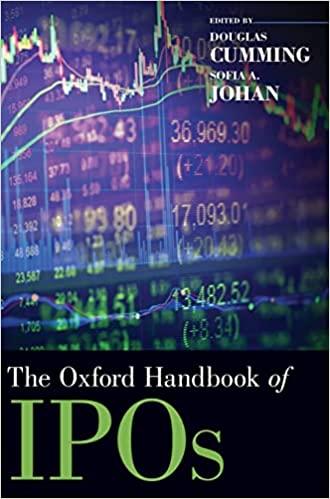Question
A manufacturer produces items that have a probability p of being defective. These items are formed into batches of 150. Past experience indicates that some
A manufacturer produces items that have a probability p of being defective. These items are formed into batches of 150. Past experience indicates that some are of good quality (i.e. p=0.05) and others are of bad quality (i.e. p=0.25). Furthermore, 80% of the batches produced are of good quality and 20% of the batches are of bad quality. These items are then used in an assembly, and ultimately their quality is determined before the final assembly leaves the plant. The manufacturer can either screen each item in a batch and replace defective items at a total average cost of $10 per item or use the items directly without screening. If the latter action is chosen, the cost of rework is ultimate $100 per defective item. For these data, the costs per batch can be calculated as follows:
= 0.05 = 0.25
Screen $1500 $1500
Do NOT Screen $750 $2750
Because screening requires scheduling of inspectors and equipment, the decision to screen or not screen must be made 2 days before the potential screening takes place. However, the manufactures may take one item taken from a batch and sent it to a laboratory, and the test results (defective or nondefective) can be reported before the screen/no-screen decision must be made. After the laboratory test, the tested item is returned to its batch. The cost of this initial inspection is $125. Also note that the probability that a random sample item is defective is
0.8 0.05 + 0.2 0.25 = 0.09
and the probability that an item in a lot is of good quality given a randomly sampled item is defective is 0.444 and the probability that an item in a lot is of good quality given a randomly sampled item is not defective is 0.835. The manufacturer wants to minimize his cost.
d. Solve the decision tree using EMV and clearly show your calculations.
e. Describe IN WORDS the optimal decision strategy.
f. How many strategies can be derived from the decision tree? Provide an explanation.
Step by Step Solution
There are 3 Steps involved in it
Step: 1

Get Instant Access to Expert-Tailored Solutions
See step-by-step solutions with expert insights and AI powered tools for academic success
Step: 2

Step: 3

Ace Your Homework with AI
Get the answers you need in no time with our AI-driven, step-by-step assistance
Get Started


